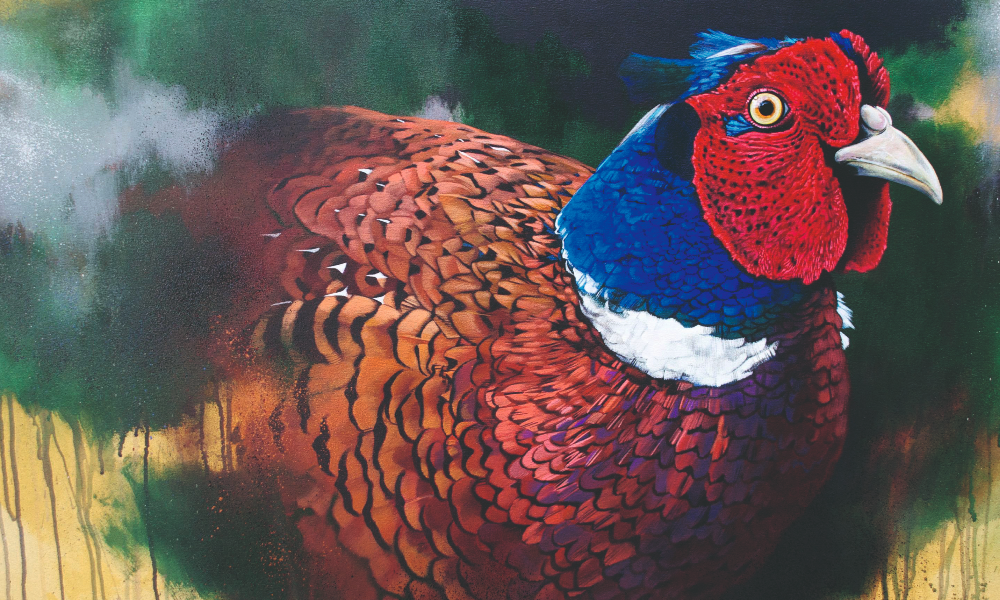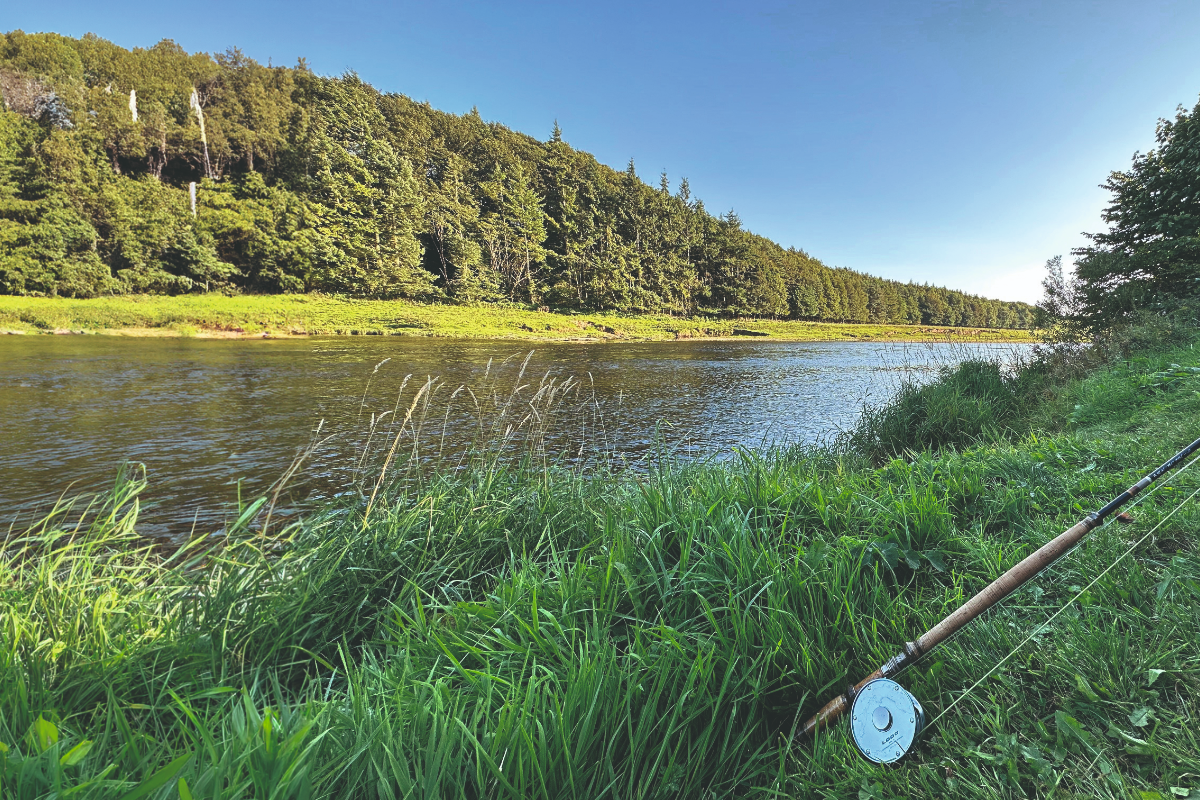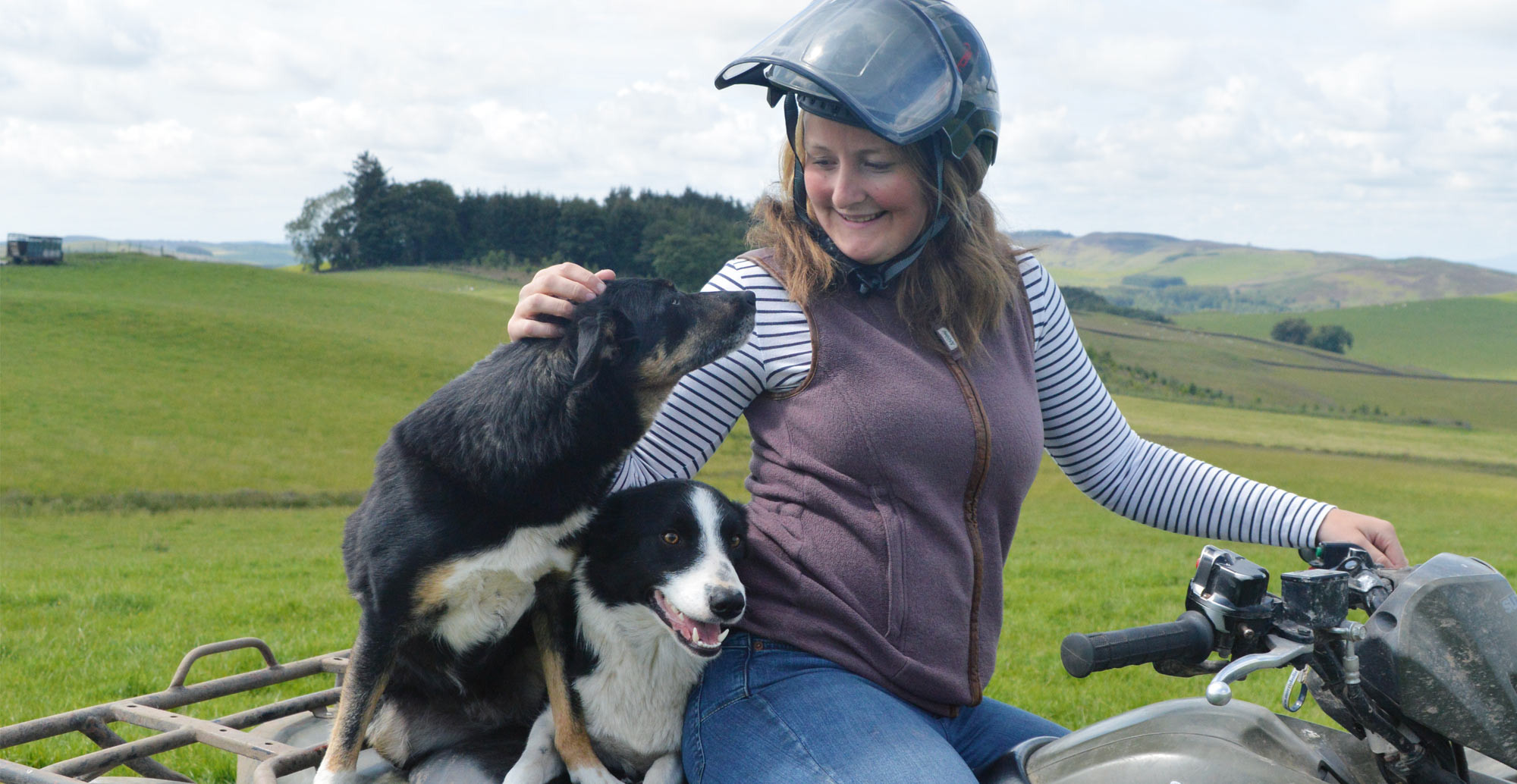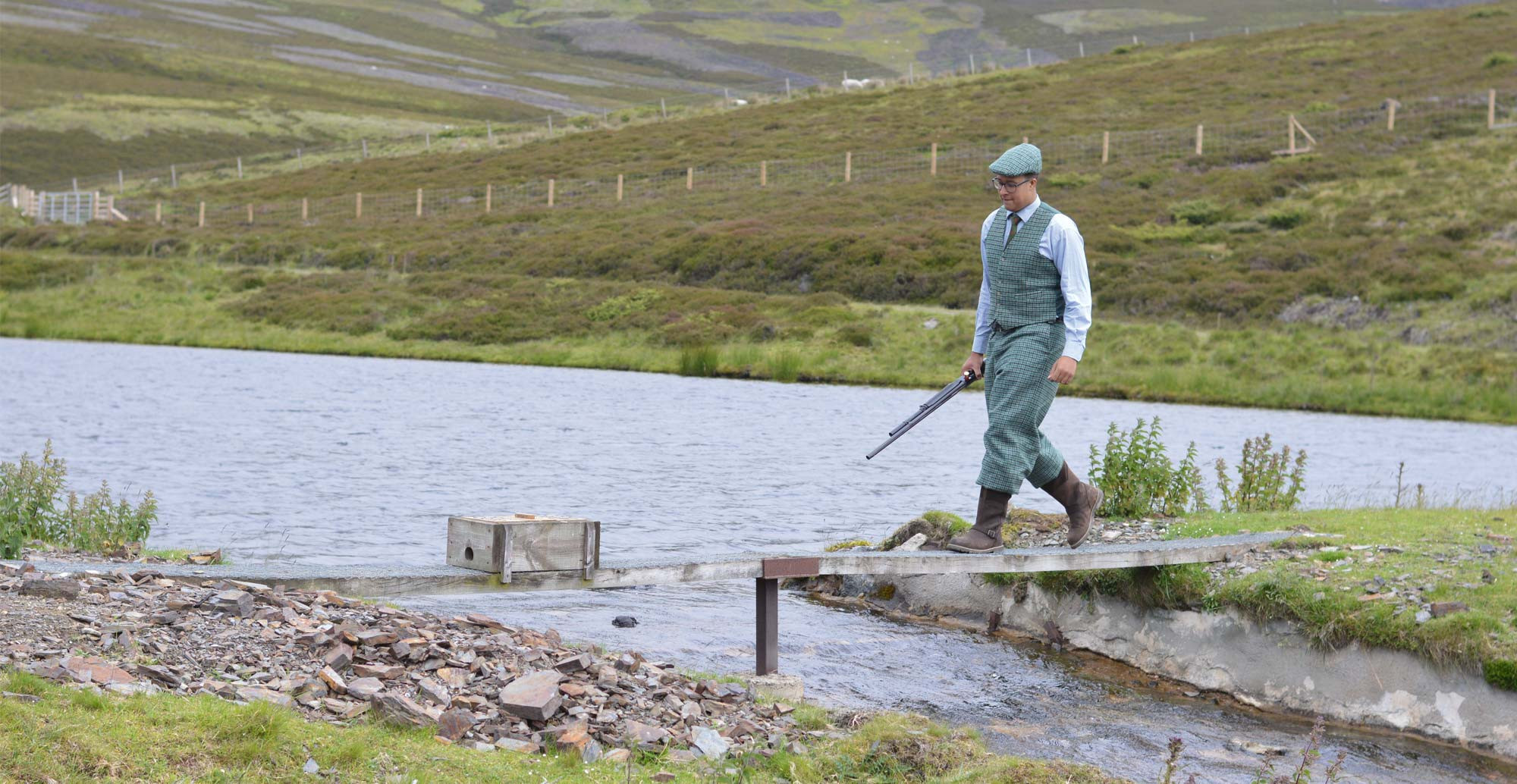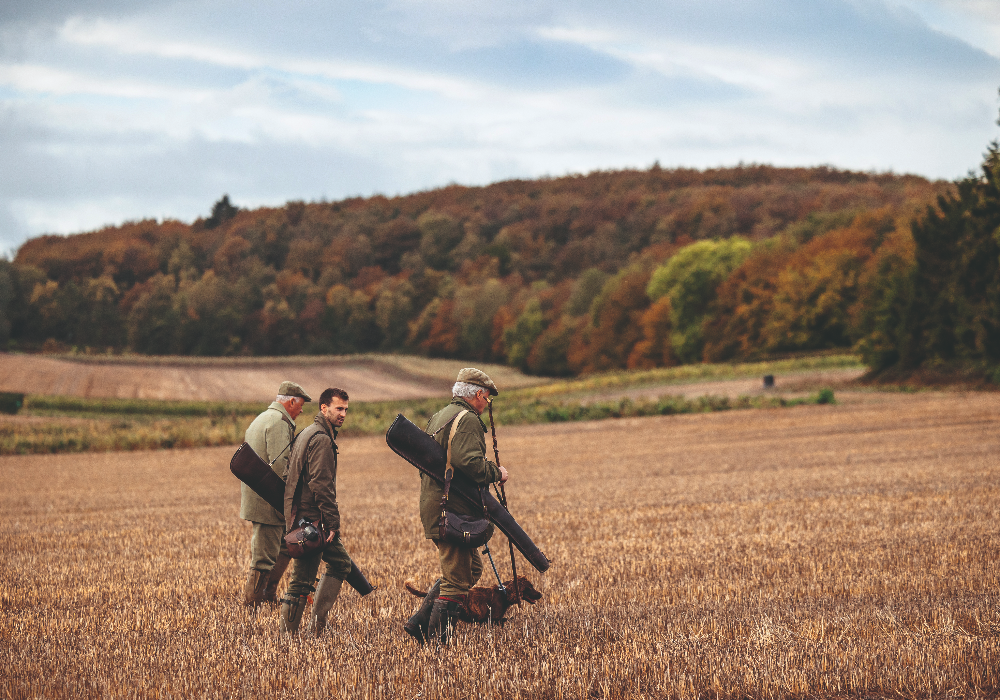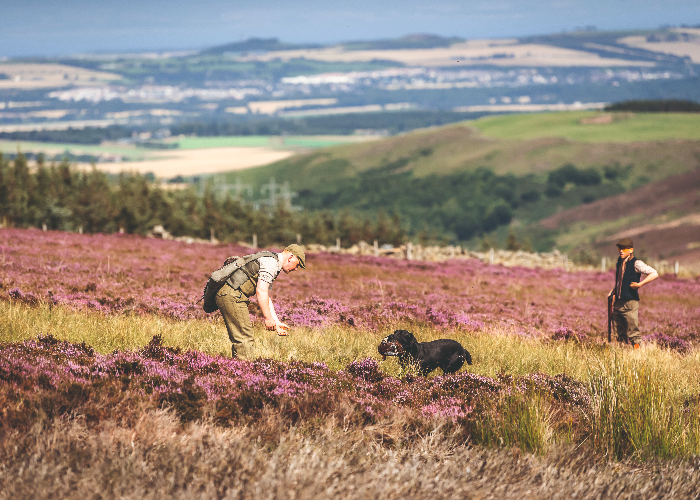Game keeping bursary award
Introducing Holland & Holland’s new Conservation Bursary initiative.
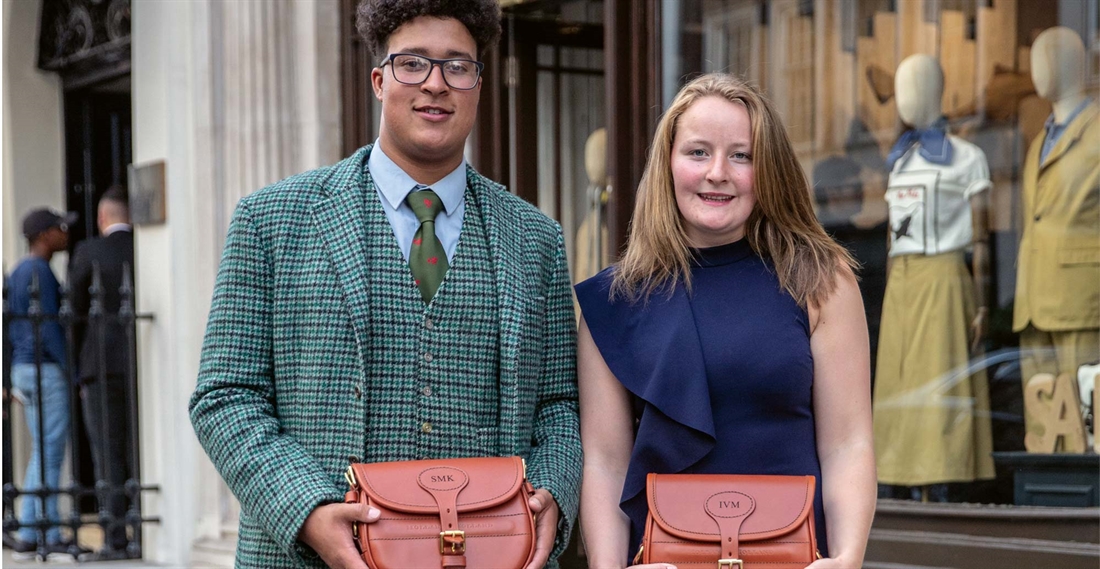
I don’t think Holland & Holland (H&H) need any introduction in these pages, but I think their latest initiative might benefit from one. Late last year the 184-year-old gunmaker committed to a Conservation Bursary for young people in the industry. Gamekeepers, ghillies, stalkers, wildlife rangers, farmers or anyone else in the first five years of their career can apply for the £10,000- a-year bursary for any project they can justify to further their own career and the conservation industry as a whole.
Applications were submitted in writing, photographic and film forms and then shortlisted into finalists to interview by the Bursary Panel in late June 2019. After a full day of interviews and presentations about some fantastic and incredibly varied projects, we chose two winners. Last week, a small gathering at the H&H premises in Bruton Street celebrated the launch and the first two winners, and a few days later I traveled to see them and learn a little bit more about them and their projects.
Iona MacPherson studied agriculture at Higher National Certificate (HNC) and degree level at the Scottish Rural University College. I caught up with her in Angus, where she is a shepherd for a mixed arable and sheep farm. As the sun blazed across the sky, we talked about sheep, ticks and science. She explained how her experience growing up on an upland sheep farm in Inverness-shire shaped her dissertation study An Investigation into the effectiveness of different tick control measures on Blackface sheep – on the Corriegarth Estate, where her mother is the shepherd and Iona helps out at the busy times of the year. As she explains the estate’s workings, it’s clear to see her passion for sheep and the hills. As tick numbers have increased over recent years, the burden they place on not only people and livestock but also wildlife populations have started to have a very noticeable effect. The same story can be found all over the uplands of the UK.
Fragile, ground-nesting bird populations in the uplands have seen a marked increase in fatalities, and with crashes in red grouse numbers especially having an effect on the viability of moorland management, efficient and capable tick control is of interest to all upland managers. Her two collies sat lazily on the quad next to her as she chatted about the results from her earlier trial at Corriegarth. While it gave a clear solution, only trialling on one site limits the application of the results, and she explains how the bursary trial, which she hopes to carry out in partnership with GWCT Scotland over 12 weeks next spring.
Speaking to Iona it’s clear to see her passion for sheep and wildlife, and one of the things she is keen to celebrate is the close relationship between upland sheep and game management. Growing up in a very sporting area, with both low-ground and upland shooting, Iona gained a lot of experience working closely with keepers and shepherds in places where conservation and game production were priorities. While her trial will focus on using sheep as a management tool, the focus is just as much on animal welfare in agriculture as working to increase biodiversity. ‘Louping ill’ is a virus that affects the nervous system and brain of sheep and ground-nesting birds, historically it has only been an issue in the British Isles, but recent studies have also seen occurrences in Scandinavia.
Iona will tie in her study with the expertise of the GWCT’s upland research centre and demonstration farm, which has already carried out some extensive trials of tick management in Scotland, and will tie in a natural garlic-based tick treatment as well as the more common chemicals, to see how a more ecologically friendly option stacks up to the industry’s most commonly used treatment.
The second winner of the bursary is a fellow Scot. Sam Kilduff is a Beatkeeper on the Edinglassie Estate in Strathdon, a move closer to home after a year of working in Yorkshire following his college course at Newton Rig. The sky is a typical cairngorm-grey as I travel south over the tourist-filled roads to meet up with him. Edinglassie is a 12,500-acre estate, predominately moorland, it also boasts riparian woodlands and a small amount of in-bye land (fenced land which is not hill or rough-grazing).
The estate is already involved in multiple conservation schemes, and as the Argo bounces up the hill road, Sam proudly explains to me how the wildlife desert of commercial conifers is being steadily replaced by native amenity woodlands. As we slow to check the first of his traps, we chat about how his project, learning more about predator control in New Zealand on a two-week study tour, will help his work here. The first trap we check is on a walkway across a Lochan outlet, and he shows me that the DOC (New Zealand’s Department of Conservation) trap inside is empty again.
With changes in the law, the historic cornerstone of predator control for British keepers, the Fenn Mk.4 trap will soon be illegal for catching mustelids, and these New Zealand designs have become the firm favourite to take over. Sam shows me how he sets them to work in his homemade boxes, meaning that only target species can get near the sprung jaws of the trap.
Moving further up the hill, we chat about the changing face of upland management, stopping occasionally to change the small black plastic trays from medicated grit to natural quartz or check more traps. All of Sam’s traps are logged via GPS, and he keeps strict records of his catches and methods along with the other three keepers on the estate. This modern, thorough and thoughtful way of predator control shares a lot of similarities with the work carried out in New Zealand, as Sam explains.
“In New Zealand, they introduced stoats in 1879 to control rabbits, but they obviously had a huge impact on the native birds too. Where they can’t control predators, mainly stoats, the kiwi population is falling at about 2 per cent per year, but where they can trap and poison they’re seeing a 50 per cent survival rate of kiwi chicks”.
We continue our bumpy journey, and while Sam admits he’s learnt a lot researching online, he is obviously very excited to be going to learn directly from the DOC about their methods. He also plans on spending some time with private land managers, who are producing driven pheasant shooting similar to the UK. While Edinglassie only has a small wild bird shoot in the low ground, Sam is enthused about sharing what he has learnt with other keepers in the UK, like most 18-year-olds, he uses social media and plans on filming and photographing his travels to report back.
H&H started this bursary to have a positive impact on the future of the shooting industry and conservation in the UK. While we have a fantastic system of education for people in the gamekeeping industry, with colleges in all parts of the country producing first-class young students, once they have left college, there is very little support or further education. The Bursary Panel is made up of people passionate about this industry and conservation, with all types of field sports represented and a wonderful team at H&H that seem to have endless enthusiasm for this industry.
I have no doubt that these young people will do fantastic things with their projects, and hopefully be able to have an impact on rural communities across the UK. Having seen the quality of applications from all areas of the conservation industry I have been filled with optimism and excitement about our future that I could not expect. Applications for the 2020 bursary will be opening in the New Year date to be confirmed, and it will be a joy to look through the ideas that are brought forward.
Related Articles
Get the latest news delivered direct to your door
Subscribe to Fieldsports Journal
Elevate your experience in the field with a subscription to Fieldsports Journal, the premium publication for passionate country sports enthusiasts. This bi-monthly journal delivers unparalleled coverage of game shooting, fishing and big game across the UK and beyond.
Each issue offers a stunning collection of in-depth features, expert opinions and world-class photography, all presented in a timeless yet contemporary design.
Save 10% on shop price when you subscribe, with a choice of packages that work for you. Choose from Print & Digital or Digital only with each journal delivered directly to your door or via the app every other month, plus access to past issues with the digital back issue library.




